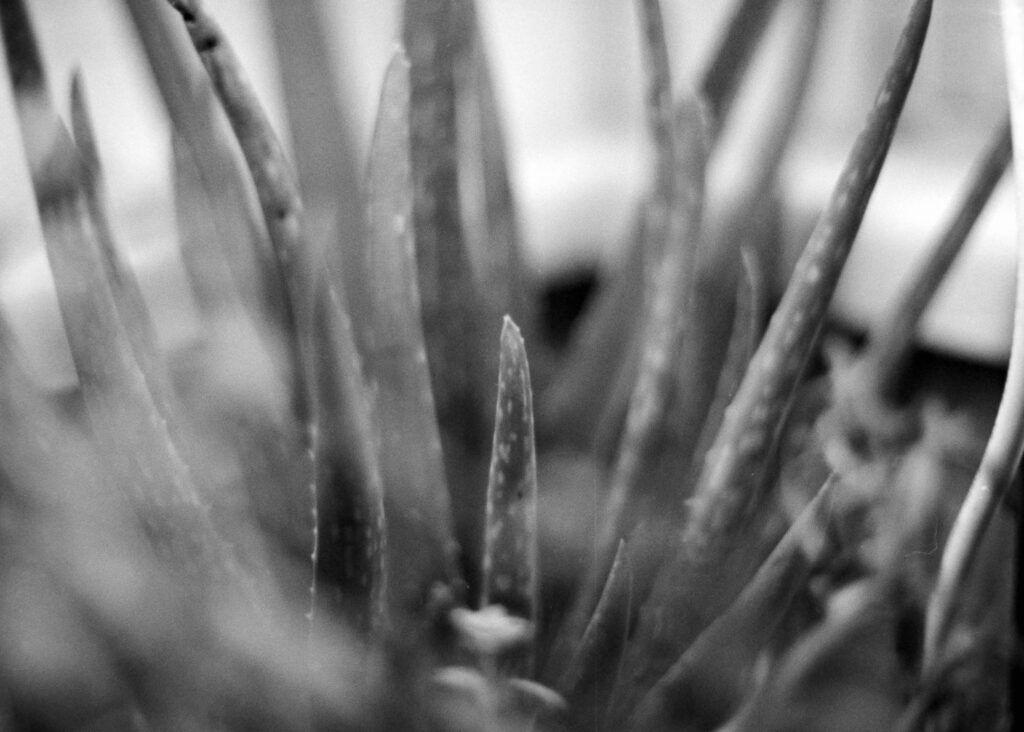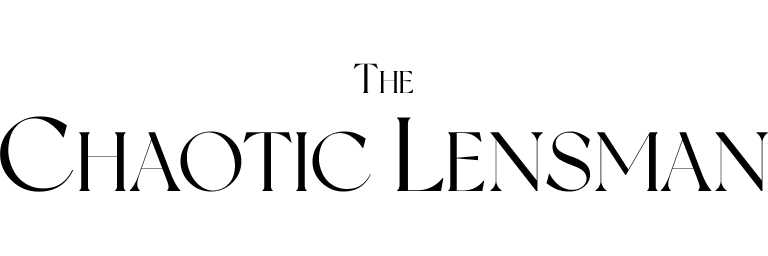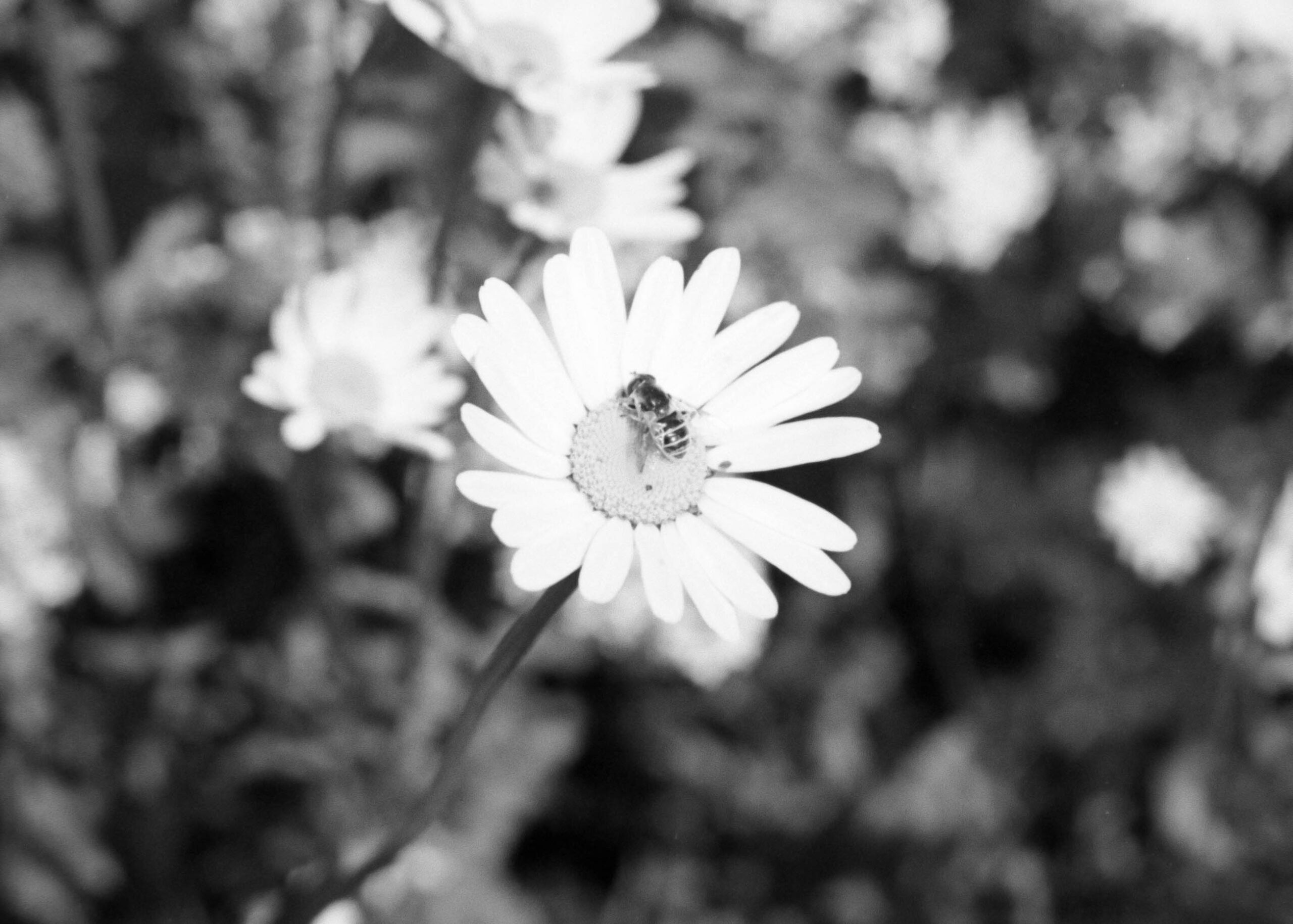Rollei RETRO 80S | The Highest Resolution Film I’ve Ever Seen
I’ve been searching for quite a while for a low speed black and white film capable of capturing a lot of detail while retaining an interesting character. Rollei RETRO 80S would seem to fit this bill perfectly.
Earlier last year, I was scrolling through eBay looking for an Olympus Pen F, I’d become quite enamoured with this little half-frame camera. I eventually settled on an offering from a Japanese seller that I’d bought from previously and before long I had my Pen F in hand.
I figured, that since the camera is a half-frame camera, that low-speed, high-resolution and ultra fine grain film stocks would be a natural pairing for this camera since working with a smaller negative would mean a loss of image quality over standard 35mm. The thing is, at the time, there really wasn’t an obvious choice for me. I’d tried a variety of different film stocks, including Kodak T-Max, and none of them really did it for me.
By chance, when ordering my usual supply of film from DOWNTOWN CAMERA in Toronto, Ontario, I ran across Rollei RETRO 80S on offer, in stock (not overly common at the moment) at a reasonable price. I did a couple of quick Google searches to acquaint myself more of less with the film stock, and decided to order three rolls to try out. I ended up loving them! RETRO 80S has now become one of my favourite film stocks of all time, even if it is a bit of a beast to work with.
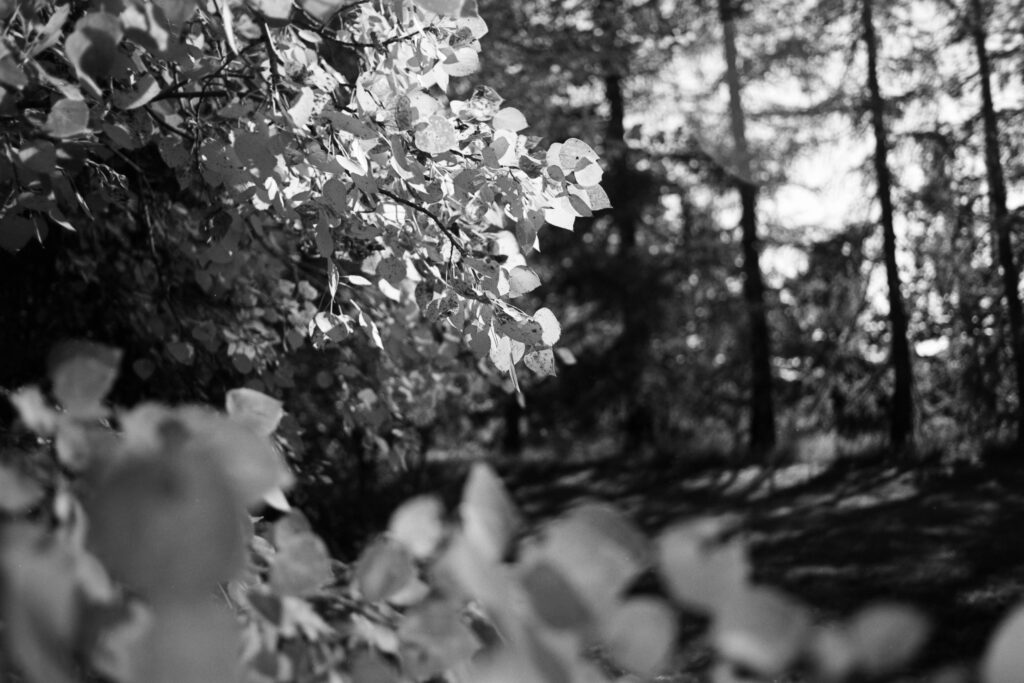
What is rollei retro 80s
But hold up! Let’s step back for a moment and examine exactly that it is we’re looking at. Rollei RETRO 80S is a film that is marketed under the ROLLEI brand name; a name that might seem familiar to any of you who’ve spent really any amount of time in the analogue photography world. It’s a brand name that appears on the front of the very beautiful and very well known ROLLEIFLEX and ROLLEICORD cameras.
The modern brand name ROLLEI has no real connection with the 20th century camera manufacturer of the same name. The brand is used by several different companies around the world. In the case of RETRO 80S it refers to a brand name of film stock made by the German film company AGFA. RETRO 80S is an 80 ISO black and white film stock manufactured in Belgium on a PET film base.
The film stock itself is a very interesting one, one of the more unique film stocks out there with a variety of features that are more of less one-of-a-kind. For starters, this is an extremely high resolution film, based off of an Aerial film stock that was designed for technical applications, which is why it’s capable of rendering extremely high detailed images with almost imperceptible grain.
The film also has a clear PET base, which beyond being nearly indestructible despite it’s thin nature, also allows the film to be developed as a black and white slide film. It’s one of the only black and white film stocks still being produced that can be used as a reversal stock.
Finally, another unique feature of this film stock that is worth a mention is the fact that Rollei RETRO 80S is a super-panchromatic film stock. Which means that the film has more red sensitivity than standard black and white panchromatic film stocks like Ilford Delta 100, for example. This means that skin tones are rendered with extra tonality and brightness, and that the film lends itself well to creative photography using filters thanks to near infrared sensitivity.
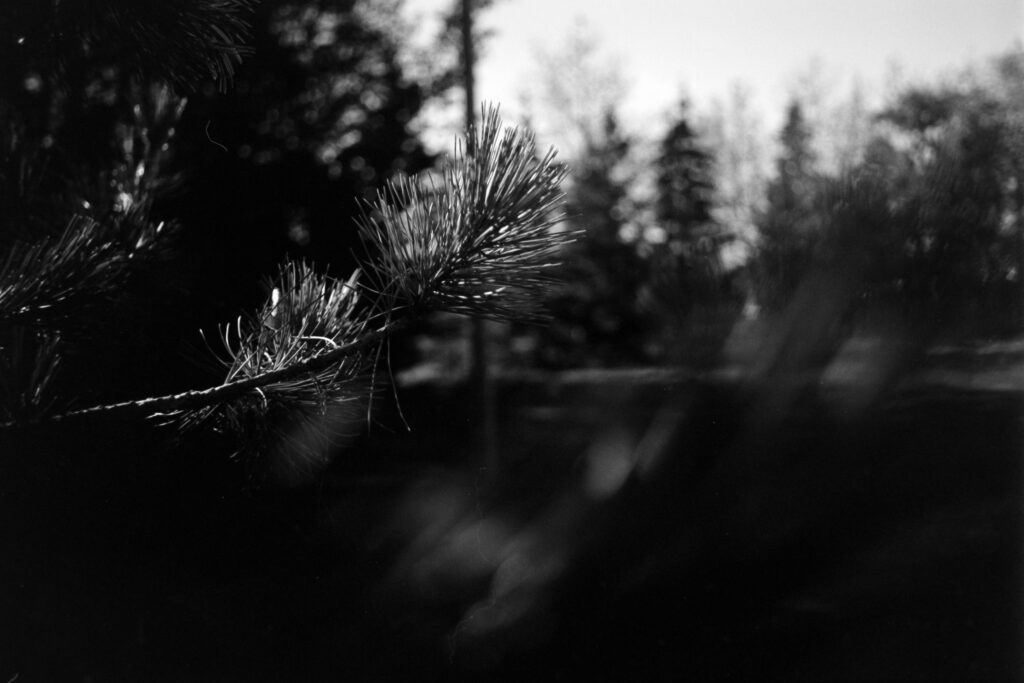
Shooting Experience
When I try out a new film stock I expose it at box speed, which in this case meant exposing for 80 ISO. I’ve seen some photographers recommend pulling the film to 40 ISO for more interesting results, which I intend on trying in the future.
Some of the sample images that I show here were captured using a Pentax SL in combination with several different Super-Takumar primes while others were taken using the aforementioned Olympus Pen F with the super sharp 40mm f1.4 G.Zuiko lens.
As you may have noticed both of the cameras that I mentioned are 35mm based cameras, even though one of them is half-frame. I only exposed the 35mm version of this film, I haven’t given the medium format version a try yet, which is something to keep in mind when looking at the images in this article.
I treated the first roll of Rollei RETRO 80S just like I would’ve any other roll of film at this speed, which was possibly a mistake. I wasn’t immediately prepared for some of the challenges that shooting this film presents.
For starters while Rollei while advertises this film as having a wide exposure latitude, in my experience the dynamic range of the film was very limited; much lower than other film stocks at this speed, including Ferrania P30^. Both the highlights and the shadows can, and will quickly lose detail in difficult lighting situations, making this film very sensitive to exposure errors.Overall I used the film on the same subjects that I often shoot. I used it to take candid photos around the house of family as well as some nature and landscape photography and near-macro photography of some of the insects that live in the gardens here during the spring and summer months.
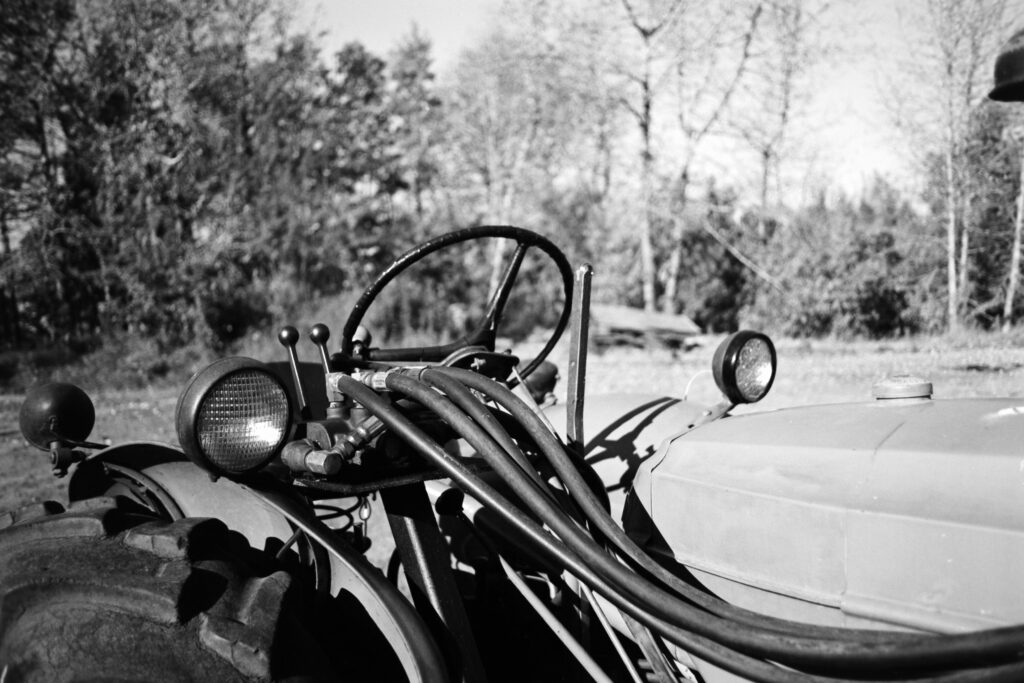
Developing Rollei Retro 80s
Developing Rollei RETRO 80s was for me a pretty standard experience. I pre-washed the film, and I recommend the same to anyone planning on developing RETRO 80S. The pre-wash water came out very dark blue/purple for me; after the initial wash that film handled fairly cleanly, which is good news if you’re planning on re-using your chemicals.
I developed all of my rolls of RETRO 80S in Ilford ID-11 using a stock solution. I developed them according to the massive dev chart app at 20°C for 10 minutes. After development I used a water stop bath and fixed the film for five minutes in Ilford Rapid Fixer. After development I washed the film as usual, it took several cycles of washing according to Ilford’s recommended “water saving” wash method for everything to come out as clean as I like.
The first thing that struck me when I pulled the developed film out of my Patterson tank and hung it to dry out for the first time was just how clear the images were on the film base. You can tell already just from looking at the negatives that this is a very sharp film that renders extremely high detail, which was mind blowing for me, I was thoroughly impressed.
I know in part the sharpness is on account of the glass used when capturing in the images, however, I knew both of the cameras well before trying Rollei RETRO 80S and was still impressed with the extreme detail in the negatives.
The PET film base initially had a blue tint to it, however, after the film dried out the base dried exceptionally clear, I’ve never handled a film with a base as clear as this before. The film also dried nice and flat, which made scanning easy.
I scanned the negatives using my Fuji X-T2 and converted them using Negative Lab Pro in Adobe Lightroom. I do intend on getting some prints done of some of the images in the near future, I really look forward to seeing how this film responds to proper enlargements, and not just digital scanning, I expect excellent results.
I’ve heard some photographers speak highly of Rollei RETRO 80S’ clear film base, especially regarding it’s benefits for dark room printing, I can’t offer a personal perspective on this since I haven’t enlarged any of the images on paper myself yet.
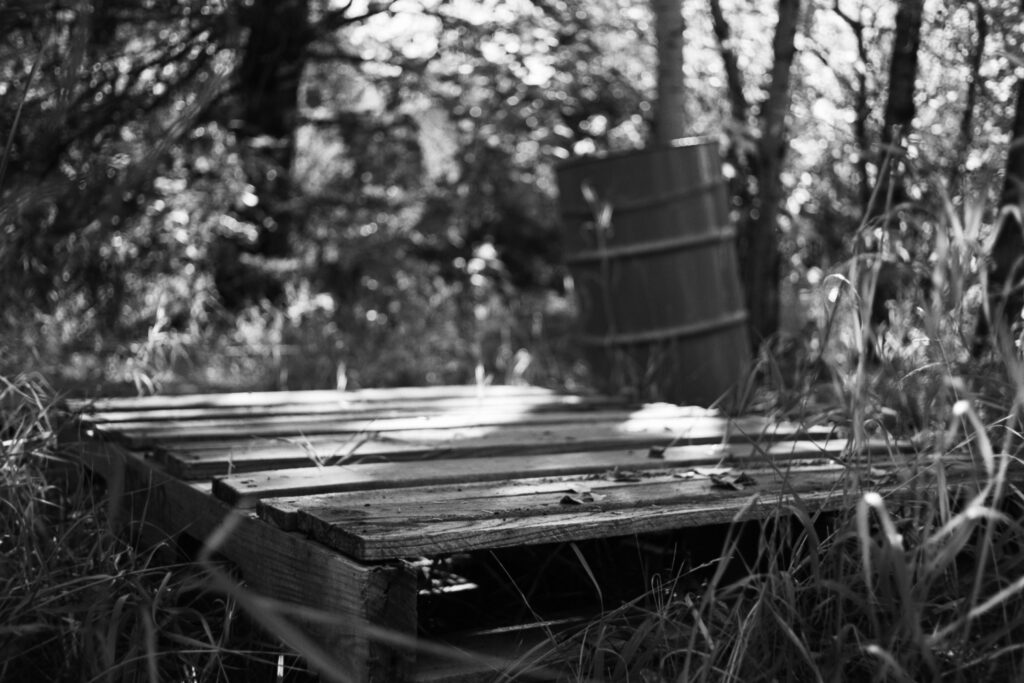
Image Quality & characteristics
What can I say about the image quality that Rollei RETRO 80S delivers beyond EXCELLENT!
The images are not only wonderfully sharp and extremely detailed, as promised, but also very characterful and contrasty. At the moment I’m really loving film stocks that delivery great contrast, which is one of the reasons that I love Ferrania P30. While both film stocks aren’t per-se comparable in most ways, they both have a beautiful contrast, and since P30 is not as widely available as Rollei RETRO 80S this film might be a good alternative.
One thing to note is the reduced dynamic range. While the film does have a nice and smooth tonality, I found that in many situations I was losing details in the brightest and darkest areas of a given scene even in situations when I wasn’t expecting it. Especially the shadows were quick to go deep black, and even adjusting the images in post didn’t bring back any meaningful details. The highlights responded a little better in this respect, as is common with negative films, even so I lost detail in many of the brightest parts of some of the images
RETRO 80S in my opinion lent itself very well to the styles of photography that I enjoy, like nature photography, landscape photography and macro photography. In my experience it’s in these areas that the film is really able to shine, which makes sense since this was designed as a survey film for taking pictures of the ground topography from an airplane.Incredible sharpness and detail together with grain that is so fine so as to be almost invisible were attributes common to basically every image I captured with this film, even the half-frames that I took using my Olympus Pen F. Under exposing the images did produce some muddier results though.
The film is also a great portrait film, rendering skin tones with extra smoothness in the tonality and brightness of the skin tones. However, given the very contrasty nature of the film I was somewhat disappointed that some of the portraits I took rendered the skin of the subject without much definition, a little too smooth for my taste, if that makes sense.
The film also supposedly works well with filters, I however didn’t use any as I wanted to experience the film how I would use it, which would be without the any kind of filter attached to the front of the camera lens.
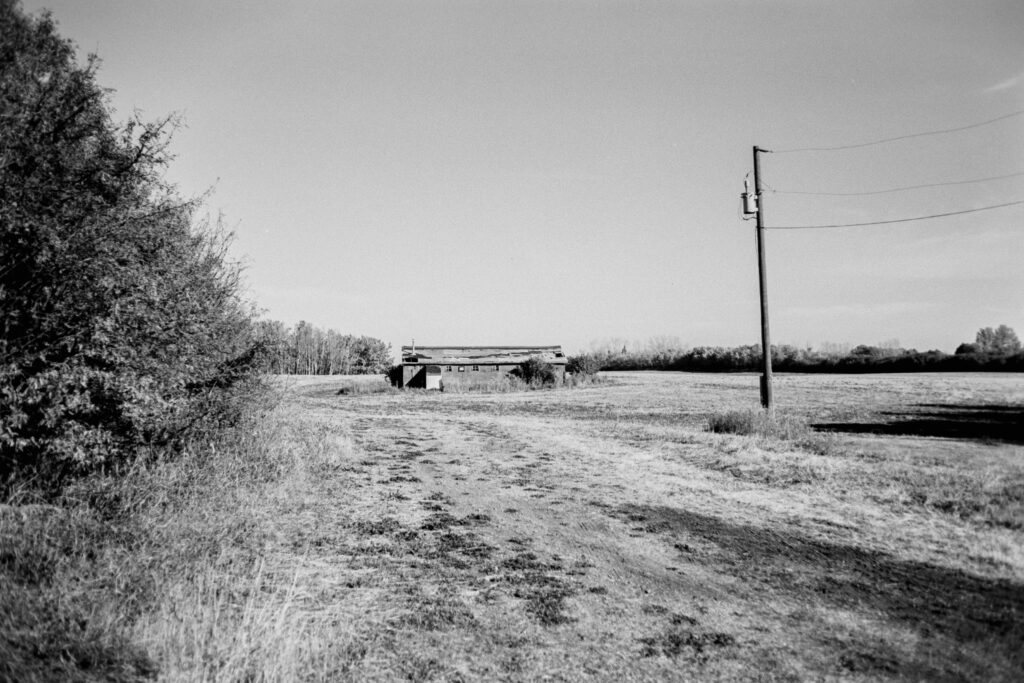
Thoughts & Recommendations
My first advice if you’re considering purchasing and exposing some Rollei RETRO 80S is to practice very careful exposure. This is a film stock that demands that you take your time to get the best exposure possible, and the best focus as well, in order to get the most out of this stock. If you handle it carefully and take the time to set up your shots well this film will reward you with sharp and detailed images with excellent contrast.
I would also caution you to keep in mind that when using this film you’re working with a much narrower dynamic range when compared to other low speed black and white film stocks that you may be familiar with. If you can play into this by playing with shadow and light creatively the results can be brilliant, however, this film lacks the dynamic range in my opinion that it would need to be suitable for using it to capture absolutely everything in a scene in any given lighting environment.
Not really a set it and forget it film, and I didn’t have the best of luck using it with Sunny 16 either, although that could be a lack of precision when guessing exposure on my account. Rollei RETRO 80S just isn’t as forgiving as other film stocks.
With that in mind the final thing that I can say is, if you have’t tried this film, please do. It’s a beautiful film stock that also happens to be one of the more economically priced offerings on the market right now. If you can find some in stock give it a go, it could make very a very characterful addition to your usual arsenal of film stocks.Rollei RETRO 80S in my opinion one of the most unique film stocks on the market today. It’s a film stock with technical roots that delivers results with exceptional resolution and unique characteristics thanks to its increased red, near infrared sensitivity, high contrast and ultra fine grain. It’s quickly become one of my favourite film stocks to shoot, even though, or perhaps because, it presents a bit of a challenge.
